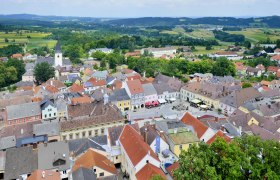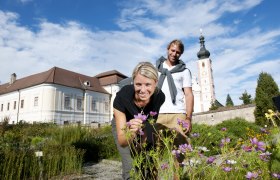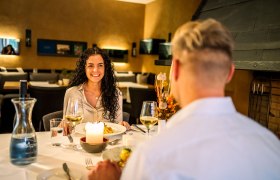The Upper Waldviertel
Rich in rocks, colourful and very healthy
The upper Waldviertel is a diverse, colourful and largely untouched stretch of land. It’s quiet and remote, but not unworldly. The upper Waldviertel offers culture, life and many valuable traditions worth protecting. It’s green and gentle, but also raw, wild and unspoilt. Once here, you can hardly resist its magical spell.
House-high granite blocks can be found on many fields or deep in the woods, looking as if they’d been placed there by a giant hand, erosion shaping them into abstract works of art. One of the most stunning groupings of such granite formations is located in the Blockheide Natural Park near the border town of Gmünd. Here and elsewhere you can even find "wobbling stones" – giant granite boulders that can be rocked back and forth, provided one is strong enough. The most popular mountain for hiking in the entire Waldviertel, the 1017-metre-high "Nebelstein" (Fog Stone).
The old town of Weitra is considered the most beautiful town far and wide. The Weitra castle regally presides over this picturesque town. The Renaissance and Baroque facades in Weitra are colourfully painted, as are the facades in the towns of Gmünd and Litschau.
One particularly interesting trade has been kept alive until today in Brand-Nagelberg: the craft of glass blowing and cutting. Here, visitors can watch artisans producing glass "live" in display shops.
Ambitious mountain bikers can ride along the socalled "Granite Trail" from Gmünd to the Danube and Persenbeug. However, it’s just as easy to get around on touring or racing bikes in this area. Some particularly beautiful cycling trails take you across seldom travelled border crossings to the Czech Republic – for example from Litschau to Chlum or from Weitra to Nové Hrady/Gratzen.




